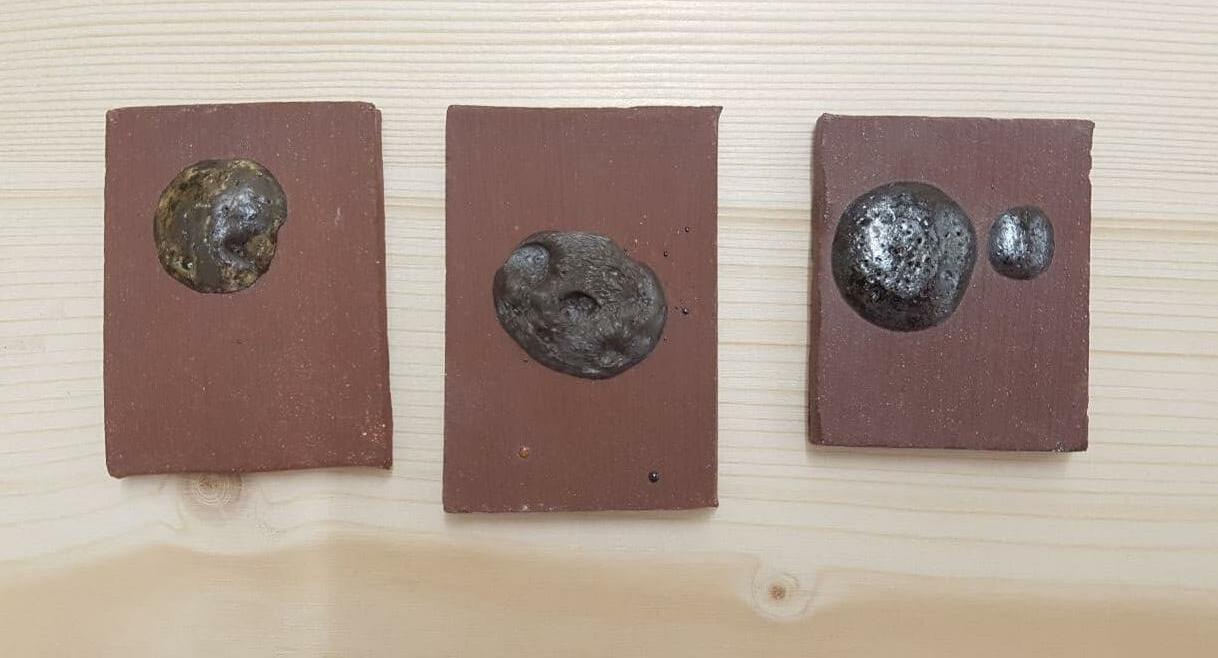objects, including ceramic ones, are being excavated, cataloged and mapped. One of the main actors playing a role in the excavation processes in the city is construction work. Vienna is rapidly growing, and busy construction sites are a very prominent element of its urban landscape. Works related to building the new metro line U5 cause excavation of massive amounts of soil, a high percentage of which is clay. If the material doesn’t get incorporated at the site, sadly, it ends up in a landfill at the outskirts of the city. In the Urban Clay project, me, Michalina Zadykowicz, and Sabrina Haas, discuss the possibility of Vienna as a mine for anthropogenic and natural resources. Mapping Vienna’s underground clay deposits and overlaying them with planned construction work we track the urban mining which is bound to happen in the upcoming years. We propose a future in which there is a system in place that allows Viennese clay to re-enter local arts, crafts and industries. Looking at the coincidental clay excavation at construction sites from a potter’s perspective, we attempt to make first steps in material research of urban clays, their properties and usability for ceramic artists. We position ceramics as a medium to imagine a more sustainable, local future of the city.
Urban clay – local clay? Using locally sourced clay is not a recent concept. Potters’ workshops were usually founded next to the material deposits, which determined the regional qualities of the ceramic products. Nowadays, materials used in pottery are in most cases a byproduct of large-scale industrial mining. Globalization and low transport costs made raw materials from all around 8







